Verdant Gnosis:
Cultivating the Green Path, Vol 3
edited by Catamara Rosarium, Marcus McCoy & Jenn Zahrt, PhD
154 pages / July 2017 / 9781947544031
Now in its third volume, Verdant Gnosis offers a rich selection of international authorities on the Green Way who reveal the ways of engaging deeply with the mysterious intelligence of the plant kingdom and breaking down the barriers of anthropocentric thinking that separate humanity from nature.
With contributions by: Robert Allen Bartlett, Jeremy Bechelli, PhD, Rebecca Beyer, Corinne Boyer, Cody Dickerson, Demetrius Lacroix, Marcus McCoy, Eric Purdue, Catamara Rosarium, Jason Scott, & Jenn Zahrt, PhD. Artwork by: Willow Davidson, Jason Scott, and Morgan Singer.
Out of stock
VERDANT GNOSIS is a poetic rendering of the Latin expression, Viridis Genii, which refers to the collective spiritual intelligence of our botanical environment. Viridis means ‘green, verdant, growing’–all that is lush and nourishing; while genii is the origin of the words ‘genius’ and ‘genie’–the spirit, daemon, or guiding intelligence of an entity. Viridis Genii–the verdant gnosis–is thus the spiritual path of working with the intelligence of living nature.
Within this third volume you will find a rich selection of international authorities on the Green Way, ranging from professional plant alchemists, shamanic herb-masters, to bioregional animists. Herein you will learn the ways in which you can communicate deeply with the mysterious intelligence of the plant kingdom, breaking down the barriers of anthropocentric thinking that separate humanity from nature. Volume three presents a thread of material focusing on curses, roots, and the doctrine of signatures.
Introduction
—Catamara Rosarium, Marcus McCoy & Jenn Zahrt, PhD
Plants Used in Cursing Magic: Northwestern Traditions in Folk Practices
—Corinne Boyer
Symphonica: Black Henbane and the Choirs of the Dead
—Cody Dickerson
Putting the Root Back into Rootwork
—Demetrius Lacroix
Appalachian Roots: The Folk Magical and Medicinal uses of Plant Roots in Appalachia
—Rebecca Beyer
Disease Transference: Plants as Scapegoats in Folk Medicine
—Jeremy Bechelli, PhD
Beyond Correspondences: Unearthing the Philosophical and Theoretical Logic in Agrippa’s System of Magic
—Eric Purdue
AlcheMycology: Applying Alchemical Principles to the Fungal Queendom
—Jason Scott
Compounding Herbs by Eye
—Robert Allen Bartlett
The tome you now hold is the third volume in the Viridis Genii Editions series. Since 2015, a community of practitioners and students have gathered yearly at the Still Meadow Retreat Center in Damascus Oregon to convene, commune, and focus their intentions on the ethnobotany of magic. As it enters its third year, the Viridis Genii Symposium continues to offer a weekend rich in verdant gnosis, with lectures and optional hands-on intensive workshops balanced by a witches’ market – offering services and rare wares – and Saturday evening musical entertainment. Contacts formed that have led to the crossover of valuable practical knowledge, innovations in magical practice and tools, as well as new books on magical ethnobotany from many of our fellow publication houses.
This anthology, composed of articles by eight of the eleven speakers at the symposium, gives voice to the Viridis Genii itself – a spirit of diverse form that has many secrets and many more faces. The humble messengers of the green spirit have again expressed themselves here through the continued traditions and practices of masters, explorers, its guardians, and garden tenders. With this new volume, we continue our aim to give the Viridis Genii voice and share in its mysteries, so that those mysteries may perpetuate.
Our collection begins with a sampler of Cascadian magical cursing lore compiled by keynote speaker Corinne Boyer. In her second appearance in our series, Boyer takes us through myriad – oft taboo – workings using plants as a central materia magica to take justice into one’s own hands, should one so desire. This daring foray into realms less discussed is followed by an erudite and intoxicating celebration of black henbane (Hyoscyamus Niger) by Cody Dickerson. His writing lulls one into entering an alternate danger than Boyer’s – the perilous, timeless dance with black henbane. Lest this rumination lull one too far off, Demetrius Lacroix then calls in the three guises of High John the Conqueror to give us hope in dire times, laughter in the face of darkness, levity in the face of seemingly unalterable oppression. Lacroix roots us in the fascinating history of this powerful herb and generously shares a proprietary recipe for working with it. Lacroix’s piece begins to reveal an Applachian thread that runs through this year’s symposium and anthology, as Rebecca Beyer’s piece continues the discussion of roots indigenous to her birth region – Sassafras (Sassafras albidum), Pokeweed (Phytolacca americana), and Mayapple or American Mandrake (Podophyllum peltatum). Her tripartite celebration of these roots allows her to unfold detail that lead one to a reverence and affection for a long-prejudiced region of the North American continent, a reverence worth further cultivation.
Midway through this volume, Jeremy Bechelli provides a counterbalance to the workings shared at our volume’s outset by Boyer, when he discusses the topic of disease transference onto plants. Here he recounts folk-medicinal practices long forgotten, yet compelling in force, for curing by means of a synergistic relationship with the plant kingdom. His work blends lore from Appalachia with a discussion of what will become a major topic in the next few pieces – the doctrine of signatures. Key to many forms of magicomedical practice, the doctrine of signatures makes appearances throughout every volume in our series; however, Eric Purdue and Jason Scott both provide new material related to this fundamental facet of praxis. Purdue shares the underlying magical logic behind The Three Books of Occult Philosophy, the major work of Heinrich Cornelius Agrippa. Scott, in turn, applies the doctrine of signatures to the less commonly studied kingdom of fungi, providing new suggestions for ways to understand and work with these vital life forms. Our volume concludes with a voice familiar from volume one of our series, master alchemist Robert Allen Bartlett. Here in his second appearance in these pages, Bartlett reveals a link between ancient Egyptian magic and modern herbalism that will change the way we think about formulary based on the image of the Eye of Horus.
In fact, six years ago Catamara was commissioned to make an incense for the Eye of Horus Bookshop. In subsequent research she intuited utilizing the proportions for the ingredients from the measurements of the Eye of Horus, which led to the eponymous incense she now offers through Rosarium Blends. It was a welcome surprise to see this transmission echoed in Bartlett’s piece, offered to us here. This serendipity led us to our first deluxe offering of Verdant Gnosis. We combined the launch of this volume from Revelore Press with a limited edition bottle of Rosarium Blend’s Eye of Horus incense, as well as a perfumed magical square from House of Orpheus – a triumvirate of treasures from the editors’ enterprises. The trinity is meant to enliven the reader’s senses – physical, intellectual, and spiritual – as they engage with the transmissions shared here.
In addition to written contributions, this volume of Verdant Gnosis contains original art by Morgan Singer, Jason Scott, and Willow Davidson. Singer, whose work appeared as the sole piece in the second volume of Verdant Gnosis, has crafted the artwork that accompanies the pieces by Boyer, Dickerson, and Bechelli. Davidson has applied her Arcadian vision to Beyer’s Appalachian roots. And Scott has taken his mycological expertise and alchemical prowess to his own article as well as to Bartlett’s concluding contribution. We found it fitting that three artists joined us on our third volume.
Last but not least, as in each volume before this one, we would like to begin this green journey with our mission statement, manifesto, and call to arms, to set the tone for the virid encounters that follow:
~ ~ ~
Simultaneously hidden and revealed, the Viridis Genii is the green spirit, intelligence, and ineffable life force – the green gnosis one receives from their deep connection and communion with the genius loci. It is the animating force of the wild wood and the depths of the sea. It shrouds us, engulfs us with its veiled green mist, awakening the heartbeat that delivers fecundity to the earth, the very essence of life.
The Viridis Genii Symposium explores of the greater mysteries of the Herbal Arte and how it manifests within all traditions, cultures, and practices – the Craft of the Wise. We seek to surpass the mundane and plumb the depths of the green mysteries, fostering an environment where they thrive, nourish, and become one.
Deep within these mysteries, among the magic, among the myths, we find doorways, pathways, and keys, which allow us to enter heavenly worlds and guide us through chthonic realms. In the Viridis Genii we find a great teacher, a master in these hidden arts, a liberator. It reveals the secret workings of the world, showing us how to create change behind the veil with the aid of those many green beings, which form the body of the green spirit.
By attending to cycles of the plant world we gain wisdom through vine, flower, root; through seed, thorn, leaf; through bark, branch, and rod. Through this gnosis we are shown how to make charms, healing formulas, and tinctures. We are taught secret teachings and ancient lore of the genii. Each is immensely laden with powers and virtues to assist us in blessing and in bane. Powders, potions, incense, and oils; talismans, fetishes, poppets, and charms – we make them all with the body of the Viridis Genii.
Through these forces we are given tools to clothe, feed, shelter, and heal. It arouses us to lustful frenzy, aiding us in making love, birthing children, and providing protection. The Viridis Genii gives us everything, including our body, as we consume its flesh to make our own.
Through the Viridis Genii Symposium, we wish to cultivate a space where the following subjects cross-pollinate: herbal alchemy; wortcunning; ethnobotany and the magical use of plants; wildcrafting with spirit; herbal astrology; medicine with a focus on spiritual herbal practice; shamanry; witchcraft; indigenous traditional plant wisdom; entheogenic studies and ritual practice; the role of plants in ceremonial magical traditions; herbal charms and talismans; artists whose body of work focuses on plants; craft brewers and distillers. Any topic related to working with plants from the perspective of magic, mysticism, and medicine is welcome, although we prefer to emphasize folk magic, healing, and traditions.
~ ~ ~
It is with continued humble pride and reverence to this great green work that we transcribe and transmit the voices of those who work with the Viridis Genii. With each volume of this anthology and each year that the symposium grows, it is our hope that the green mysterium tremendom grows, as do those who seek to perpetuate it in their own garden of dreams and magic.
Bloom True,
Marcus McCoy,
with Catamara Rosarium,
& Jenn Zahrt, PhD
Olympia, Washington
April 11, 2017
Additional information
| Dimensions | 9 × 6 × .5 in |
|---|


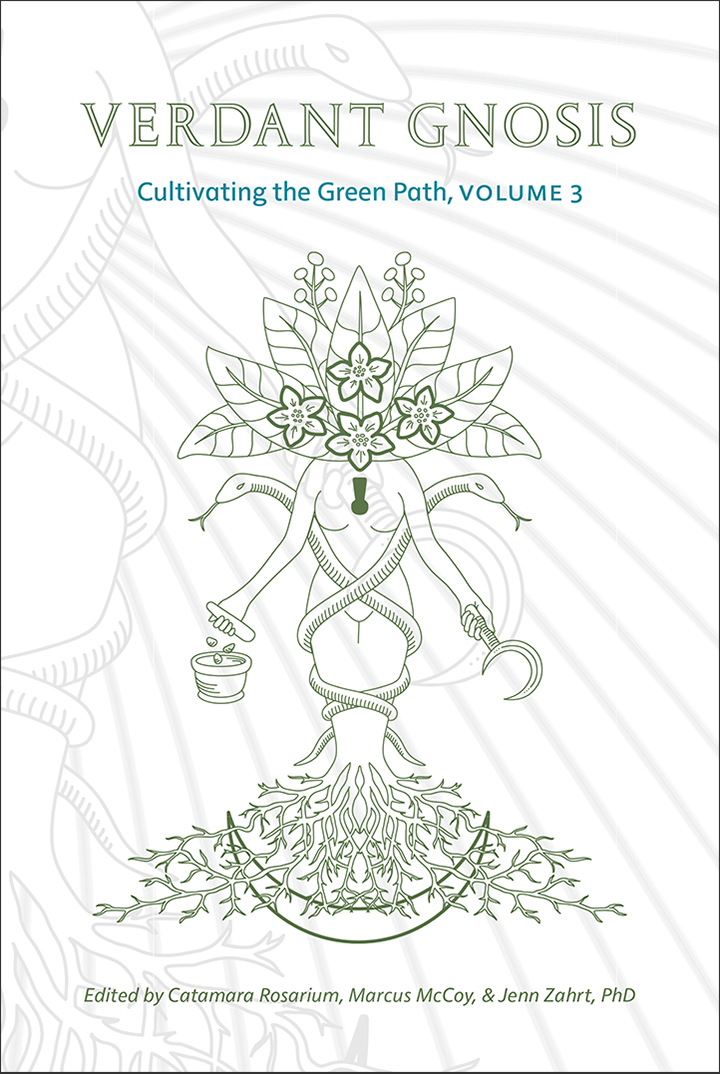



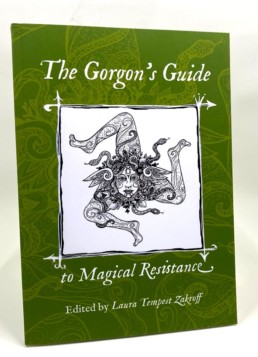
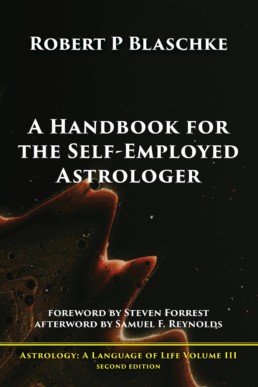



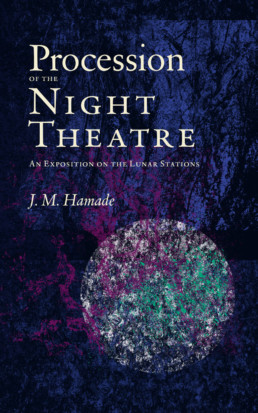
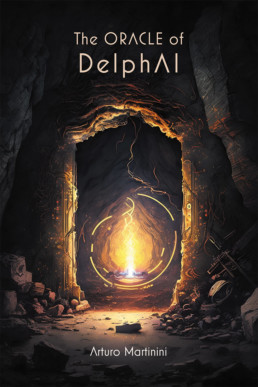
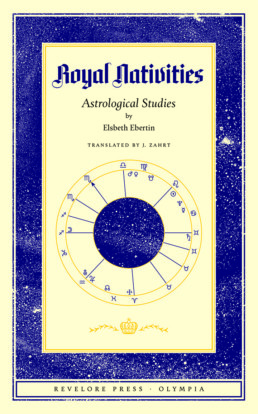
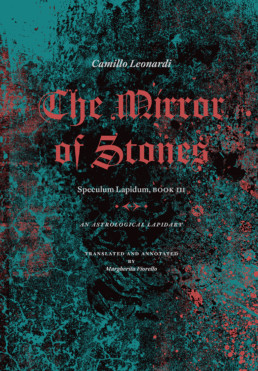
Reviews
There are no reviews yet.